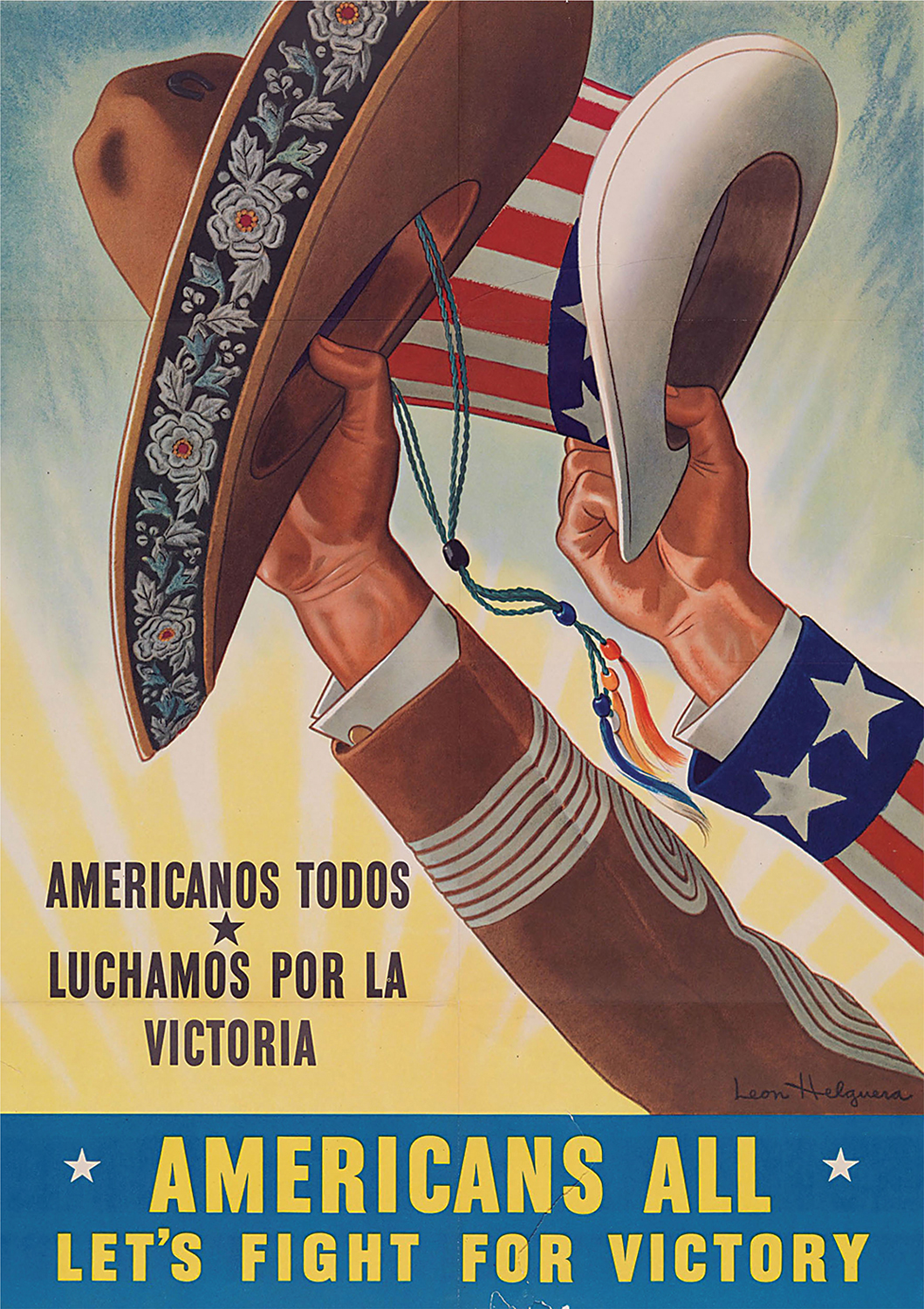The American Promise:
Printed Page 710
The American Promise Value
Edition: Printed Page 665
The Good Neighbor Policy

In 1933, Roosevelt announced that the United States would pursue “the policy of the good neighbor” in international relations, which meant that no nation had the right to intervene in the internal or external affairs of another. He emphasized that this policy applied specifically to Latin America, where U.S. military forces had often intervened. The good neighbor policy did not indicate a U.S. retreat from empire in Latin America, though. Instead, it declared that, unlike in past decades, the United States would not depend on military force to exercise its influence in the region. Roosevelt refrained from sending troops to defend the interests of American corporations when Mexico nationalized American oil properties and revolution boiled over in Nicaragua, Guatemala, and Cuba during the 1930s. In 1934, Roosevelt withdrew American Marines from Haiti, which they had occupied since 1916. While Roosevelt’s hands-
Military nonintervention also did not prevent the United States from exerting its economic influence in Latin America. In 1934, Congress gave the president the power to reduce tariffs on goods imported into the United States from nations that agreed to lower their own tariffs on U.S. exports. By 1940, twenty-